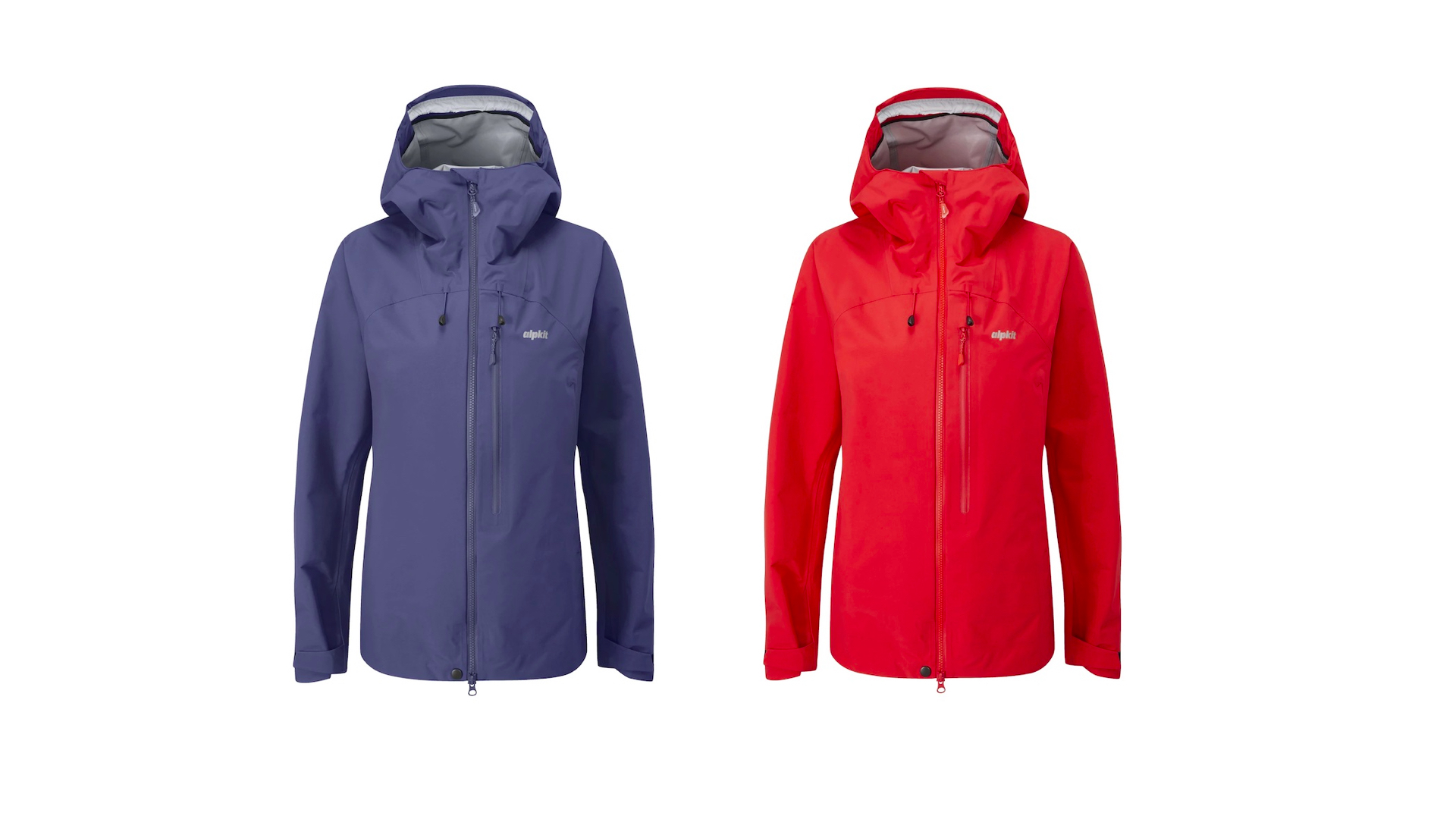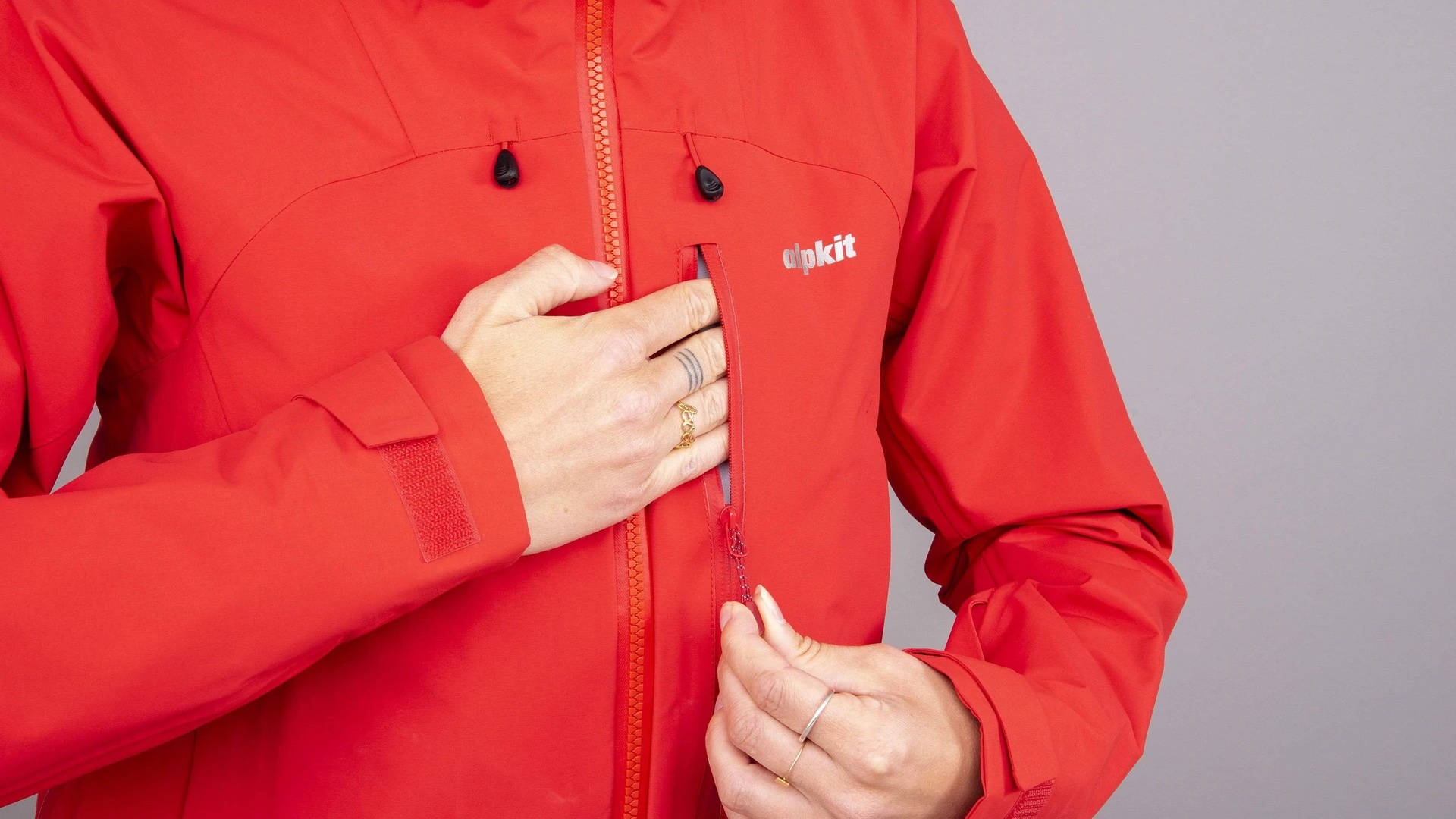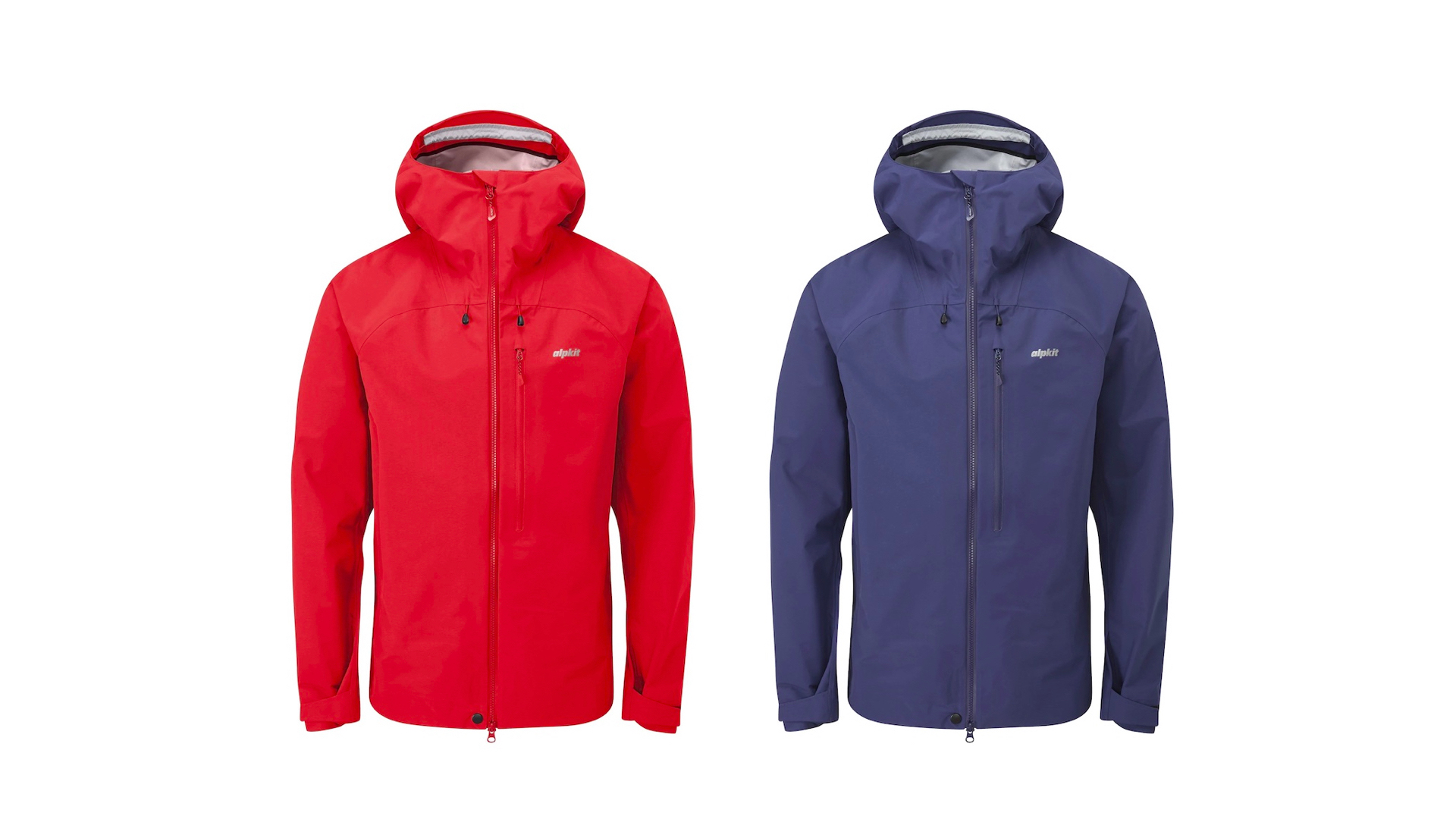Advnture Verdict
Combining a tough, high-spec fabric with top-quality components and great all-round design, this jacket is built for all-season, all-weather mountain adventures. Okay, the price has crept up a little since it was first released a few years ago, but only in line with the rest of the market. All in all, it’s still a great value jacket – in fact it’s more than that. It’s a great jacket, period.
Pros
- +
Tough fabric
- +
Highly protective
- +
Eco-friendly water-repellent finish
- +
Great value
Cons
- -
Fewer pockets than some mountain-focused shells
- -
Side vents awkwardly placed
- -
Trim fit may not suit all body shapes
You can trust Advnture
Alpkit Definition: first impressions

The Alpkit Definition comes from a British brand established in 2004, which has become one of the biggest outdoor industry success stories of recent years. They have successfully carved out a sizeable niche in the UK market for well-priced, good-quality gear, encompassing everything from hiking and camping to rock climbing and mountain biking. They’re now replicating that success in Europe and are even starting to make some inroads in the USA too, with a US e-commerce website.
The Definition is the brand’s top-tier waterproof jacket, designed to be the “ideal mountaineering jacket for Scottish winter epics, committed alpine climbing and year-round Munro bagging”. It competes with high-end Gore-Tex Pro shells yet is priced at a competitive £250 GBP ($300 USD). The jacket uses a non-branded waterproof-breathable three-layer fabric, but one that promises waterproof performance of 30,000mm Hydrostatic Head and breathability of 20,000g/m2/24hrs MVTR (moisture vapor transmission rate). These are the industry standard lab tests for assessing waterproof-breathable performance of fabrics, and those numbers are up there with the best.
The fabric itself is also very tough, with a high-denier nylon face. That ensures excellent tear and abrasion resistance, while the fabric's plain weave also creates a smooth surface that resists snags. The inner surface of the fabric has a tricot backer for added comfort and wicking performance. The latest version of the Definition now has a PFC-free durable water repellent finish too (DWR). According to the brand it is the highest performing environmentally-friendly DWR available.
The jacket’s technical capabilities are apparent in its mountain-focused cut. Pre-shaped arms allow excellent mobility, while a longer length in the arms and torso prevents it from riding up and exposing wrists, back or stomach. It also stays nicely tucked in under a climbing harness. Up top, a large hood works with or without a climbing helmet, with a wired peak and three-way elastic drawcord adjustment for a closer fit. These use Cohaesive integrated cordlocks, as do the hem adjusters. Most premium jackets are now using such components, as they reduce bulk and are generally easier to use when wearing thick gloves. Similarly, the gusseted cuffs have chunky Velcro tabs and fit easily under or over gloves.
The main zip employs a two-way, water resistant YKK Vislon Aquaguard zipper, with an internal storm flap. You get a single large external chest pocket – easily big enough to take an OS map – plus two hand pockets, placed high enough to sit clear of a rucksack hip-belt or climbing harness.
One unusual feature are the jacket’s zipped side vents, placed at the upper torso. Supposedly, this placement makes them easier to open and close when overheating than traditional underarm pit-zips.
• RRP: $300 (US) / £250 (UK)
• Gender specification: Men’s and women’s versions available
• Size: Men’s S / M / L / XL / XXL Women’s (UK) 8 / 10 / 12 / 14 / 16 /18
• Weight (men's medium): 525g / 18.5oz
• Colors: Nemo Blue / Chili Red
Alpkit Definition: on the trails
Despite its lower price tag compared to so-called “premium” brands, the overall look and feel of the Alpkit Definition rivals the best waterproof jackets on the market. It is sleek and well-cut, with a full range of technical features. It is also constructed from a high-performance, rugged and robust three-layer fabric that ought to sway even the most devoted Gore-Tex aficionado – in our experience it performed comparably in terms of both waterproofing and breathability, keeping us dry without working up too much of a fug even on strenuous winter hillwalking days in Snowdonia.
All the latest inspiration, tips and guides to help you plan your next Advnture!
The only thing it hasn’t managed to overcome is that same stiff and crinkly feel that you get with Gore-Tex Pro, but it’s a minor drawback given the impressive storm protection on offer. And although you might not get Gore’s “guaranteed to keep you dry” lifetime promise, Alpkit offers its own three-year Alpine Bond policy.

Anyway, back to the field. On our wildest testing days, we particularly appreciated the great hood, which fits over a climbing helmet but cinches in snugly over a bare head too, with low profile Cohaesive cord locks and a wired peak that stays put even if you’re being buffeted around on exposed summits or hillsides. The only thing we noted is that when pulled in tight, the external face drawcords dangle a little, which means they can whip around in the wind. We are also big fans of the gusseted cuffs, which means they fit over even the biggest winter gloves or mitts, yet do not bunch up even when the Velcro tabs are cinched in tight.
The fabric proved tough enough to stand up well to Welsh slate and gabbro when scrambling up gullies and traversing slabby boulders. The great cut offers plenty of articulation for more dynamic moves too, overcoming the jacket’s lack of stretch.
You get one or two fewer pockets than with some other mountain-focused technical hard shells, but we hardly missed them since the ones you do get are well-placed and large enough to accommodate plenty of essentials, including maps. It’s just a slight shame there isn’t a dump pocket inside the jacket to temporarily stash gloves at a rest stop or belay stance and ensure they stay warm and dry.
The placement of the side zips is also likely to be a bit of a Marmite feature – you’ll either love them or hate them. They worked for us and there is some justification for their design, since they seem to provide more efficient core cooling than conventional pit zips. Usefully, you can also access mid layer pockets through them easily. On the other hand, if you’ve got them unzipped in heavy rain, they’re going to leak, more so than pit zips. And they do tend to catch the wind (though again, that’s potentially a plus from a ventilation perspective).
Overall, though, this is a fabulous jacket that outperforms many other more expensive jackets in the hills and mountains. Its stand-out features are its great cut, rugged fabric and versatile, protective hood, but there are some other welcome little elements – like those gusseted cuffs – that also give it an edge over mainstream rivals.
An outdoors writer and editor, Matt Jones has been testing kit in the field for nearly a decade. Having worked for both the Ramblers and the Scouts, he knows one or two things about walking and camping, and loves all things adventure, particularly long-distance backpacking, wild camping and climbing mountains – especially in Wales. He’s based in Snowdonia and last year thru-hiked the Cambrian Way, which runs for 298 miles from Cardiff to Conwy, with a total ascent of 73,700 feet – that’s nearly 2½ times the height of Everest. Follow Matt on Instagram and Twitter.


